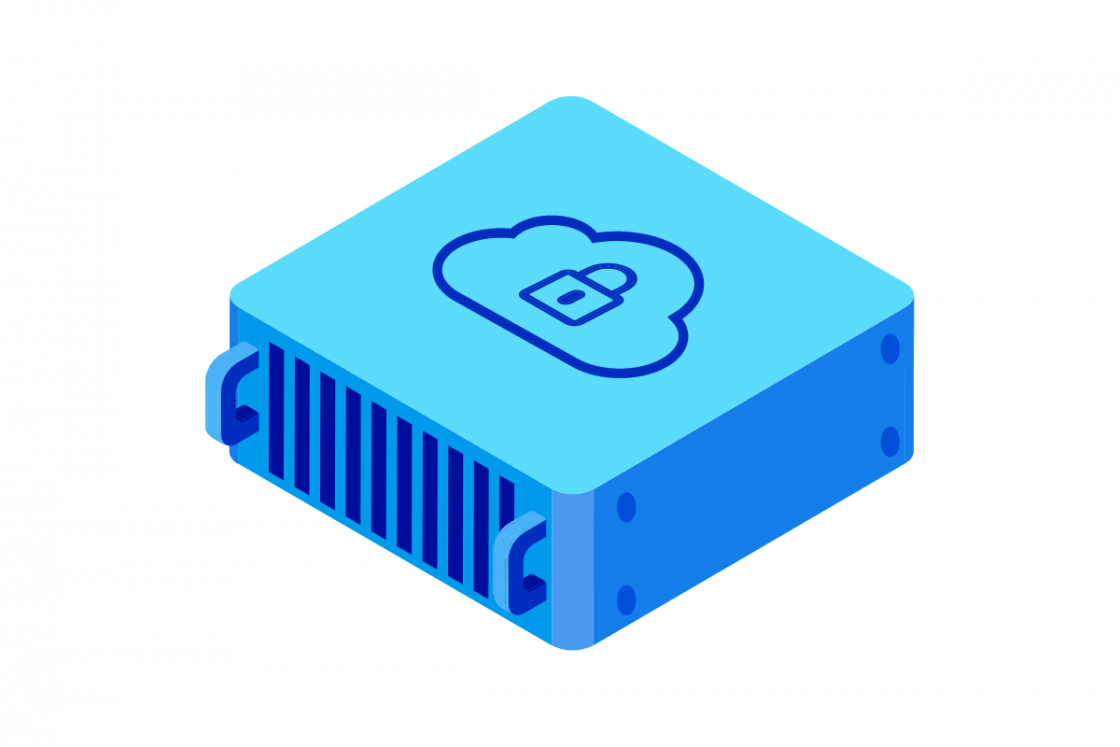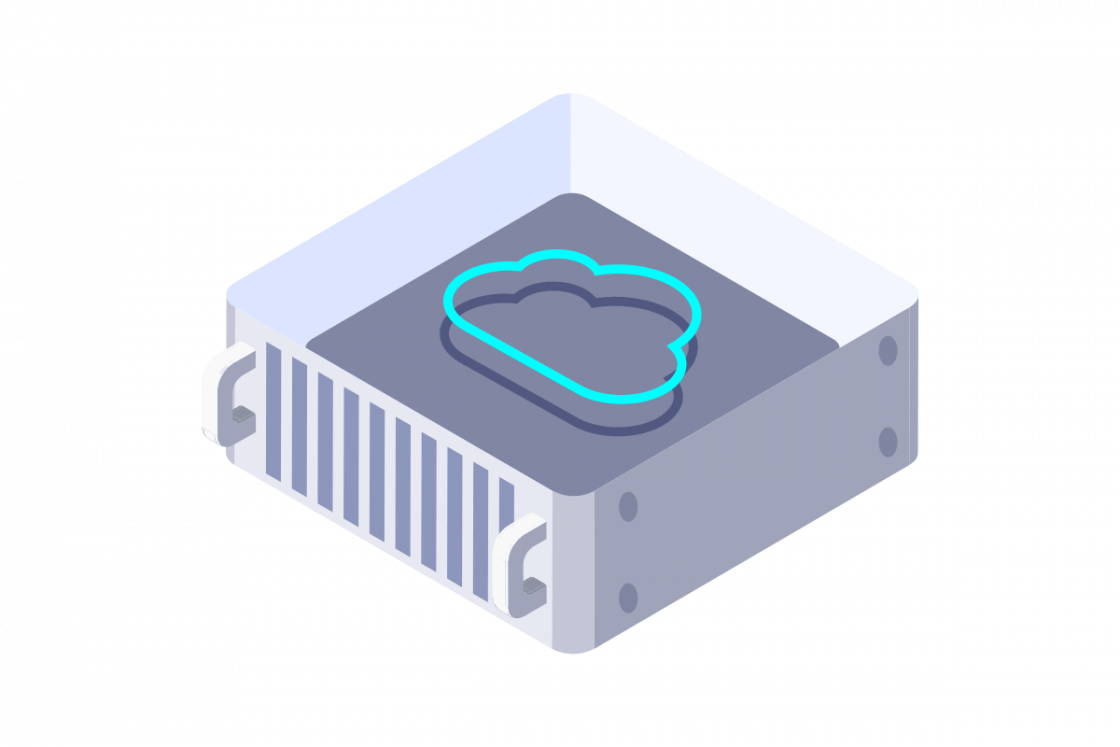What is a machine learning pipeline?
In machine learning, a pipeline is a series of organized steps that automate data preparation, model training, validation, and deployment. This structured approach facilitates repeatability of processes, improves the quality of results, and optimizes the work of data and development teams.

Why integrate a machine learning pipeline into your projects?
Automate the key steps of machine learning
A machine learning (ML) pipeline enables the different stages of an ML project to be automatically linked: data processing, model training, validation and deployment. This automation reduces manual intervention, minimizes errors, and ensures consistency across the different phases of the process.
Save time and minimize errors
By eliminating repetitive tasks, pipelines drastically accelerate project development and execution. Teams can focus on optimizing model performance or analyzing results, rather than time-consuming preparation operations. In addition, by standardizing files, formats, and processes, the risk of inconsistency or omission is reduced.
Improve the quality of models in production
A well-designed pipeline ensures better quality of the final model. It enables the same transformations to be applied systematically to test and production data, enables training conditions to be replicated, and prevents data set drift and contamination effects. The result: more robust models that are better adapted to their deployment environment.
Facilitate collaboration between data and development teams
The pipeline serves as a common framework for work between data scientists, machine learning engineers, developers and cloud specialists. By defining clear interfaces between each component (pre-processing, modeling, evaluation, etc.), it facilitates the allocation of responsibilities and facilitates the reuse of code or functionalities from one project to another.
Structure MLOps workflows
Integrated with an MLOps approach, the pipeline becomes a strategic lever for the industrialization of AI. It enables the implementation of repeatable, versioned and testable workflows, based on software engineering, automation, monitoring and environment management tools. This framework is essential for evolving models while ensuring their quality and compliance.
What are the steps of a machine learning pipeline?
A machine learning pipeline is based on a succession of standardized steps for moving raw data to an operational model. Each of these steps plays a key role in the quality and reliability of the final result.
Ingestion and preparation of data
The pipeline starts with ingesting data from different sources (files, databases, cloud streams or APIs). This data is then cleaned, formatted and optionally enriched to form an exploitable dataset (set or dataset). This phase often includes handling missing values, standardizing data, or converting types.
Feature Selection
After data preparation, the pipeline selects the most relevant characteristics. This step, also called feature engineering , involves identifying or creating attributes that will improve the model’s ability to produce reliable predictions. For example, a date of birth can be transformed into an age or into several fields combined to show a trend.
Model training
Training involves adjusting the model based on the available data. If the data has known outcomes, this is supervised learning. Otherwise, the approach is called unsupervised. This phase requires significant computing resources, often available via cloud services. The goal is to optimize the model’s internal parameters so that it can identify patterns and produce consistent predictions.
Evaluation and validation
Once the model has been trained, its performance must be checked on a separate dataset from that used for training. This allows you to measure its ability to generalize. Indicators such as accuracy or mean error are used for this assessment. Cross-validation, a method of testing the model on multiple subsets of data, can also be implemented to ensure robust evaluation.
Deploy to production
When the model is validated, it can be integrated into an operational system. This implementation can take several forms: calling via an API, integrating into a software application, or deploying on a cloud server. The pipeline here ensures the reproducibility of the environment and the consistency of the code executed.
Supervision, testing and updating the model
Once in production, the model is continuously monitored. The pipeline triggers regular tests, analyzes new data collected, and begins a new learning cycle if performance degrades. This continuous improvement loop is a mainstay of modern machine learning.
Key components of an ML pipeline
A machine learning pipeline relies on different, interconnected components. Each one plays a specific role in the smooth execution of the process, from the collection of data to the implementation of the model.
Dataset and storage
The foundation of any pipeline lies in the quality and availability of data. These can be stored in a data lake , an object store, or a distributed file system. Consistency of data sets between different phases of the pipeline is essential to ensure reliable results.
Runtime environment
The pipeline must be capable of running in a stable and repeatable environment. This can be local, cloud or hybrid, depending on the computing needs and the nature of the project. Containerised environments help ensure high portability between testing, training and production.
Versioning and code management tools
To ensure traceability and reproducibility of results, pipelines often integrate with versioning tools. These tools allow you to follow the evolution of the code, parameters, models, but also the data used. They are essential in a collaborative or audit work context.
Computing services, containers and orchestration
The execution of the pipeline relies on adapted computing resources: CPU, GPU, distributed clusters, etc. To manage scaling or parallelism, we use orchestrators like Kubernetes , in conjunction with cloud services or specialized platforms. Containers make it easy to deploy different steps in a consistent way.
Machine learning frameworks
Finally, the software components used to build and train the models play a central role. There are libraries like scikit-learn, TensorFlow, PyTorch or XGBoost, often driven in Python. These tools help define model architectures, adjust hyperparameters, and optimize overall performance.
The importance of the pipeline in MLOps engineering
Machine learning pipelines play a central role in MLOps practices, ensuring continuity between model development and operational exploitation. They enable AI projects to be industrialized, while guaranteeing the quality, reproducibility and scalability of systems.
MLOps and AI workflow automation
MLOps, a contraction of machine learning and DevOps, aims to automate and make reliable the full life cycle of models. Pipelines facilitate this by defining clear, repeatable, and automatically triggered processes. This includes data preparation, training, testing, deployment and supervision.
Quality, security and compliance of ML models
A well-designed pipeline allows quality controls to be incorporated at every stage: data verification, model performance validation, pre-production testing. It also facilitates version traceability, which is a key issue for regulatory compliance or the explainability of model decisions.
Continuous integration for models
Inspired by the CI/CD practices of software development, continuous model integration (CI/CD ML) relies on pipelines to automate updates. Each time the code or dataset is modified, it can trigger a new learning cycle, with built-in tests. This speeds up deployment while maintaining a high level of reliability.
Your questions answered
What tools can help set up an effective ML pipeline?
Several tools make it easy to create machine learning pipelines. For data processing, Apache Airflow or Prefect orchestrate each step of the process. For the model lifecycle, MLflow and Kubeflow automate training, deployment, and validation. Frameworks like scikit-learn, TensorFlow or PyTorch help to structure features and track performance. These components integrate into cloud environments, optimizing production implementation in MLOps systems, with version control, code management, and file tracking.
How does a pipeline facilitate the transition from model to production?
The pipeline structures the stages between local training of a model and its deployment in a production environment. It ensures that the code, data, and parameters used are consistent with each execution. It also automates testing, performance checks, and the conversion of the model to the right format. Fewer errors, faster deployment, and easier updating when a new version is released. This is a major boon for stabilizing large-scale artificial intelligence systems.
Can a machine learning pipeline be versioned like code?
Yes, a pipeline can be versioned in a similar way to a software project. This includes the processing scripts, generated models, training configurations, and datasets used. Tools such as Git, DVC (Data Version Control) or MLflow allow you to track each change. This version is essential for ensuring reproducibility, auditing performance, and reverting to an earlier version if necessary. In a context of collaboration or regulatory validation, this approach has become a must-have good practice.
How does a pipeline fit into an MLOps approach?
The pipeline is the technical foundation of the MLOps approach. It automates the entire model lifecycle, from data ingestion to training, testing, deployment and supervision. This automation improves the quality, speed and traceability of projects. By combining CI/CD tools, version tracking and cloud infrastructure, the pipeline facilitates collaboration between developers, data scientists and ML engineers. It also helps meet reliability, security and compliance requirements for large-scale AI projects.
What are the challenges of automating an ML pipeline?
Automating a machine learning pipeline can face a number of challenges, including data heterogeneity, unstable environments, a lack of standardization, and limited computing resources. Complexity increases with more models, versions, datasets and use cases. Implementing pipeline governance, with tools, documented code and robust practices, is key to ensuring quality and reliable execution. You also need to monitor performance, validate steps, and involve MLOps teams throughout the learning process.
Is an ML pipeline useful even for small projects?
Yes, even a small project can benefit from a structured pipeline. It helps to clarify steps, document processes and save time during iterations. Also, if the project evolves, the pipeline can be adapted without starting over. It offers better reproducibility, which is useful if a project is being resumed or a new employee is being integrated. Finally, it prepares the ground for a future production roll-out or scaling-up, with no significant upfront costs.
OVHcloud solutions for your machine learning projects
OVHcloud offers flexible, high-performance cloud services to accelerate your machine learning projects, from training to production.

AI Notebooks
Launch your Jupyter development environments in just a few clicks, without any prior configuration. Work on your datasets, test your models and harness the power of OVHcloud with ease.

AI Training
Train your models on a large scale with an optimized GPU infrastructure. Automate workflows, track performance and control costs with hourly billing.

AI Deploy
Deploy your machine learning models as accessible, scalable APIs. Save time with a simplified implementation, without managing the infrastructure.